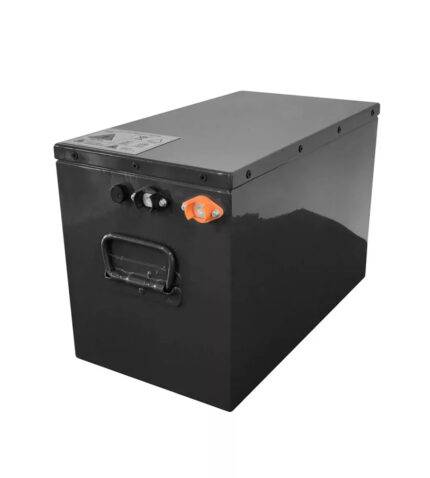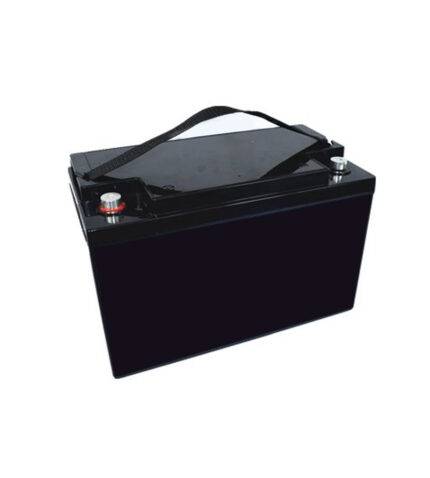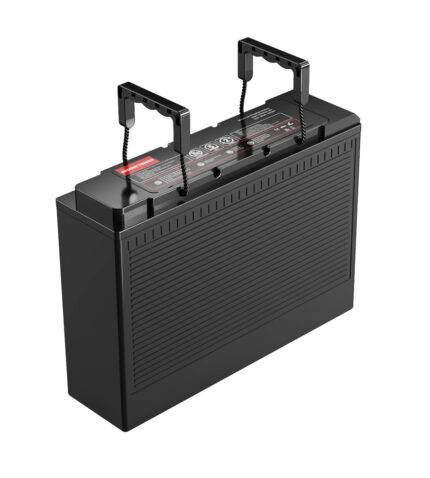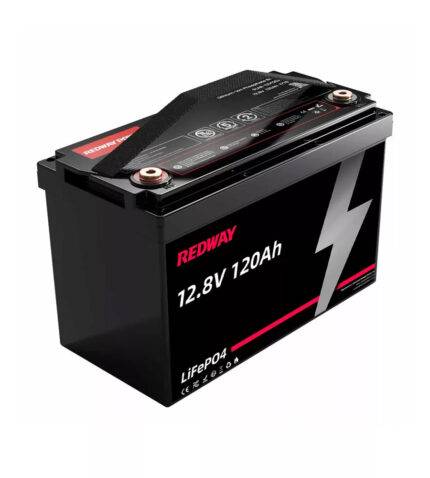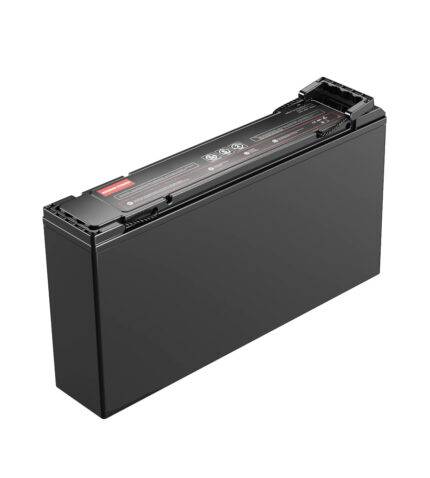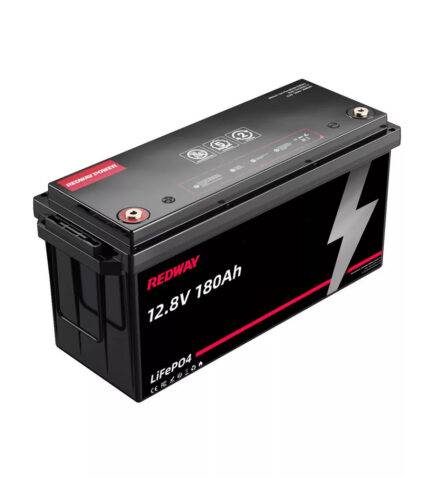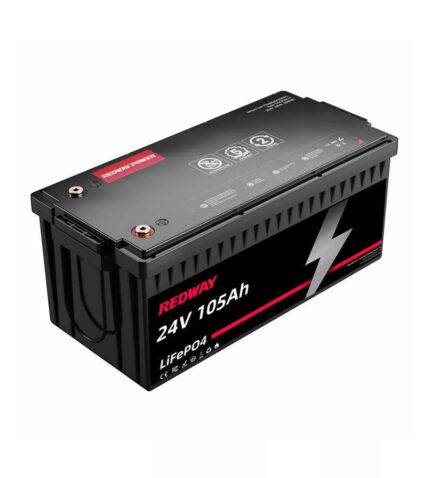- Forklift Lithium Battery
-
48V
- 48V 210Ah
- 48V 300Ah
- 48V 420Ah (949 x 349 x 569 mm)
- 48V 420Ah (950 x 421 x 450 mm)
- 48V 456Ah
- 48V 460Ah (830 x 630 x 590 mm)
- 48V 460Ah (950 x 421 x 450 mm)
- 48V 460Ah (800 x 630 x 600 mm)
- 48V 460Ah (820 x 660 x 470 mm)
- 48V 500Ah
- 48V 560Ah (810 x 630 x 600 mm)
- 48V 560Ah (950 x 592 x 450 mm)
- 48V 600Ah
- 48V 630Ah
-
48V
- Lithium Golf Cart Battery
- 12V Lithium Battery
12V 150Ah Lithium RV Battery
Bluetooth App | BCI Group 31
LiFePO4 Lithium
Discharge Temperature -20°C ~ 65°C
Fast Charger 14.6V 50A
Solar MPPT Charging - 24V Lithium Battery
- 36V Lithium Battery
- 48V Lithium Battery
-
48V LiFePO4 Battery
- 48V 50Ah
- 48V 50Ah (for Golf Carts)
- 48V 60Ah (8D)
- 48V 100Ah (8D)
- 48V 100Ah
- 48V 100Ah (Discharge 100A for Golf Carts)
- 48V 100Ah (Discharge 150A for Golf Carts)
- 48V 100Ah (Discharge 200A for Golf Carts)
- 48V 150Ah (for Golf Carts)
- 48V 160Ah (Discharge 100A for Golf Carts)
- 48V 160Ah (Discharge 160A for Golf Carts)
-
48V LiFePO4 Battery
- 60V Lithium Battery
-
60V LiFePO4 Battery
- 60V 20Ah
- 60V 30Ah
- 60V 50Ah
- 60V 50Ah (Small Size / Side Terminal)
- 60V 100Ah (for Electric Motocycle, Electric Scooter, LSV, AGV)
- 60V 100Ah (for Forklift, AGV, Electric Scooter, Sweeper)
- 60V 150Ah (E-Motocycle / E-Scooter / E-Tricycle / Tour LSV)
- 60V 200Ah (for Forklift, AGV, Electric Scooter, Sweeper)
-
60V LiFePO4 Battery
- 72V~96V Lithium Battery
- Rack-mounted Lithium Battery
- E-Bike Battery
- All-in-One Home-ESS
- Wall-mount Battery ESS
-
Home-ESS Lithium Battery PowerWall
- 24V 100Ah 2.4kWh PW24100-S PowerWall
- 48V 50Ah 2.4kWh PW4850-S PowerWall
- 48V 50Ah 2.56kWh PW5150-S PowerWall
- 48V 100Ah 5.12kWh PW51100-F PowerWall (IP65)
- 48V 100Ah 5.12kWh PW51100-S PowerWall
- 48V 100Ah 5.12kWh PW51100-H PowerWall
- 48V 200Ah 10kWh PW51200-H PowerWall
- 48V 300Ah 15kWh PW51300-H PowerWall
PowerWall 51.2V 100Ah LiFePO4 Lithium Battery
Highly popular in Asia and Eastern Europe.
CE Certification | Home-ESS -
Home-ESS Lithium Battery PowerWall
- Portable Power Stations
60V 20Ah Lithium LiFePO4 Battery
• Cell: LiFePO4
• MOQ: 10
• Delivery: 20 Days
• Customizable / OEM / ODM: Yes
• Factory: Redway, Dongguan, Guangdong, China
• Delivery Terms: FOB, EXW, CIF
• Payment: T/T, L/C, PayPal
• Sea / Air / Land Shipment: 10FT, 20FT, 40FT, 60FT
Description
This battery is the 60V 20Ah Lithium LiFePO4 Battery from Redway Power, a leading manufacturer based in China specializing in high-performance lithium-ion batteries. Engineered with advanced LiFePO4 technology, this battery is designed to provide reliable energy solutions for a variety of applications, ensuring optimal performance and safety.
Key Features
- High Energy Capacity: With a nominal capacity of 20Ah and an energy output of 1,216Wh, this battery is ideal for powering various devices efficiently.
- Durable and Weatherproof: Featuring an IP65 rating, this battery is protected against dust and water, making it suitable for outdoor and industrial applications.
- Long Cycle Life: Capable of over 3,000 cycles at 80% depth of discharge (DOD), this battery minimizes the need for frequent replacements, offering excellent long-term value.
- Smart Battery Management System (BMS): Equipped with an intelligent BMS that safeguards against overcharging, overheating, and short circuits, ensuring safe operation.
- Compact Design: Weighing only 10 kg, this lightweight battery is easy to install and integrate into various systems.
Applications
The 60V 20Ah Lithium LiFePO4 Battery is versatile and perfect for a variety of applications, including:
- Electric scooters
- Golf carts
- Sightseeing vehicles
- Automated Guided Vehicles (AGVs)
- Electric rickshaws and e-trishaws
- Floor cleaning machines
- Renewable energy storage systems
- Marine applications such as yachts and fishing boats
With a maximum charging voltage of 69.3V and a discharge cut-off voltage of 46.75V, this battery is optimized for various operational needs. It operates effectively across a temperature range from -20°C to 55°C, making it adaptable to different environments.The lightweight design allows for easy installation while ensuring that your equipment operates efficiently throughout the day. Additionally, it supports fast charging capabilities, enabling quicker turnaround times between uses.
As a trusted factory in China, Redway Power is committed to delivering high-quality lithium-ion batteries that enhance productivity and sustainability in your operations. The 60V 20Ah Lithium LiFePO4 Battery not only reduces downtime but also contributes to lower operational costs due to its efficiency and long lifespan.Investing in this battery means choosing a reliable power solution that meets the demands of modern electric vehicles and industrial applications while supporting your business’s growth and sustainability goals. Choose Redway Power for your lithium battery needs and experience unparalleled performance and service.
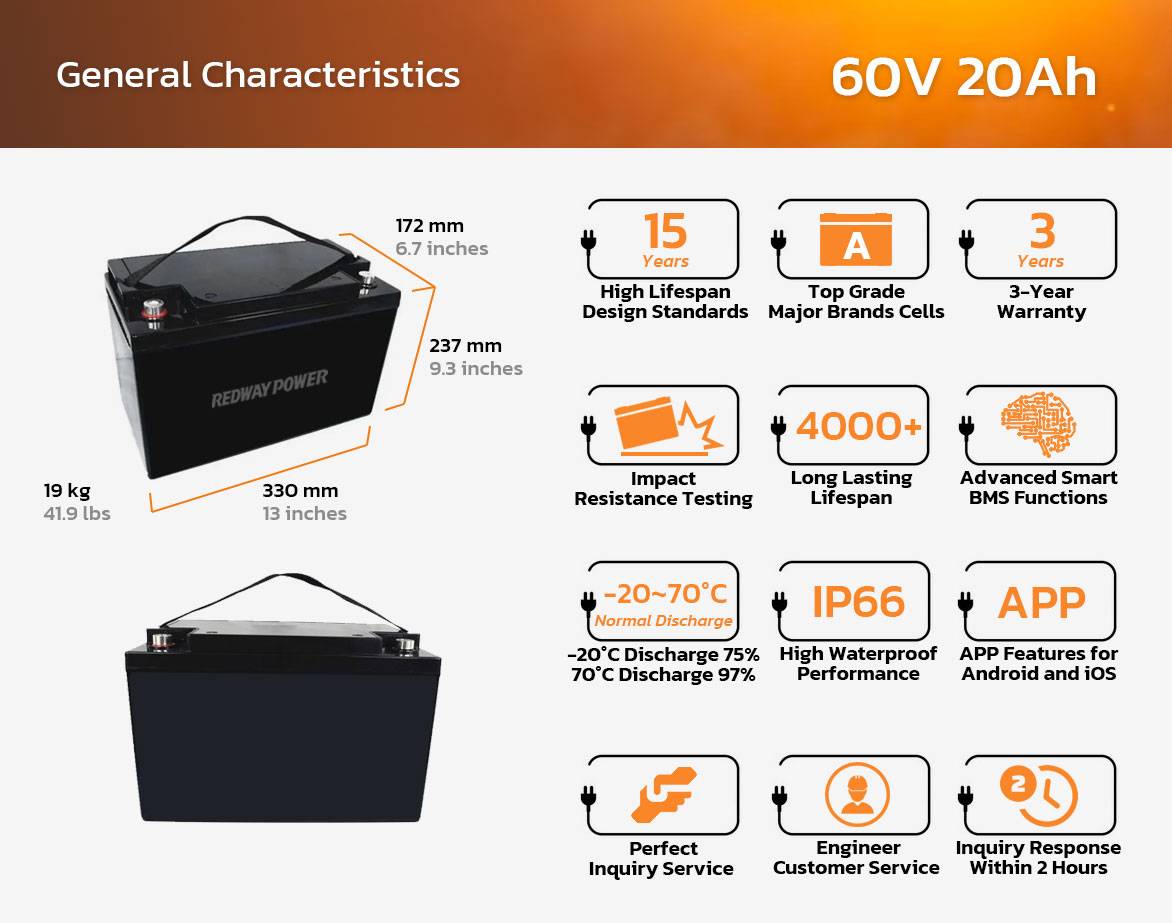
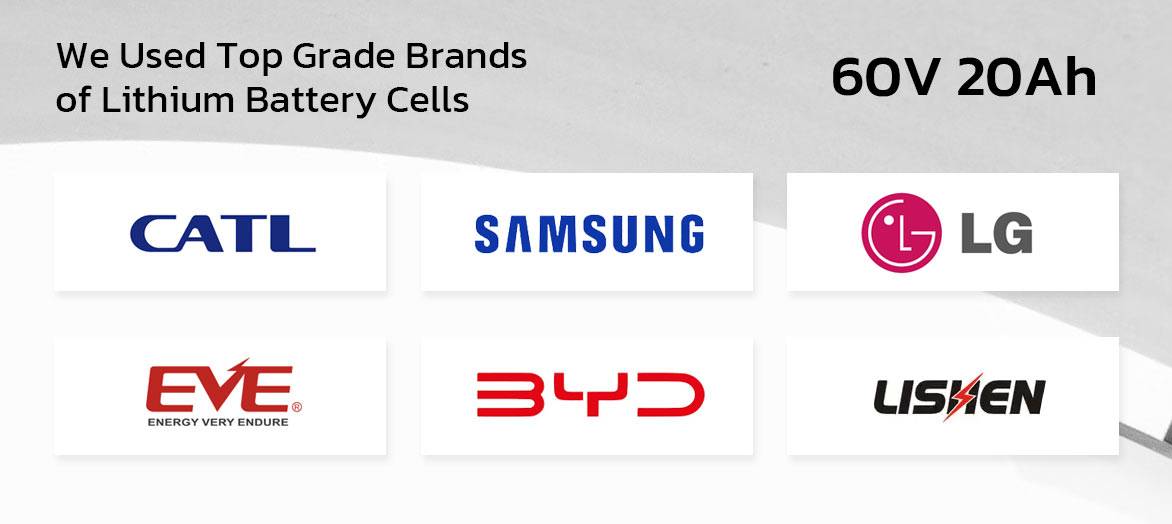
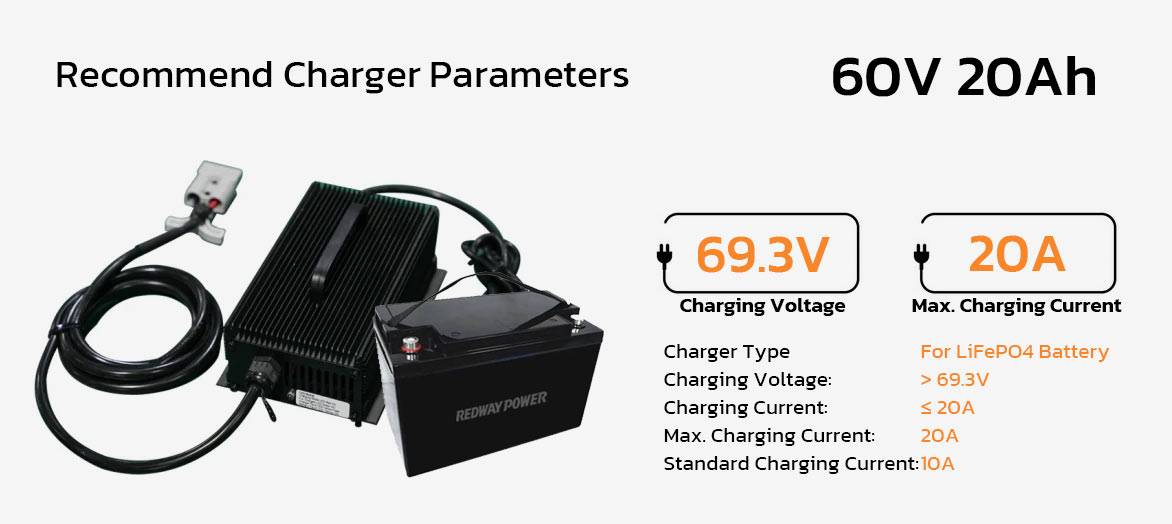
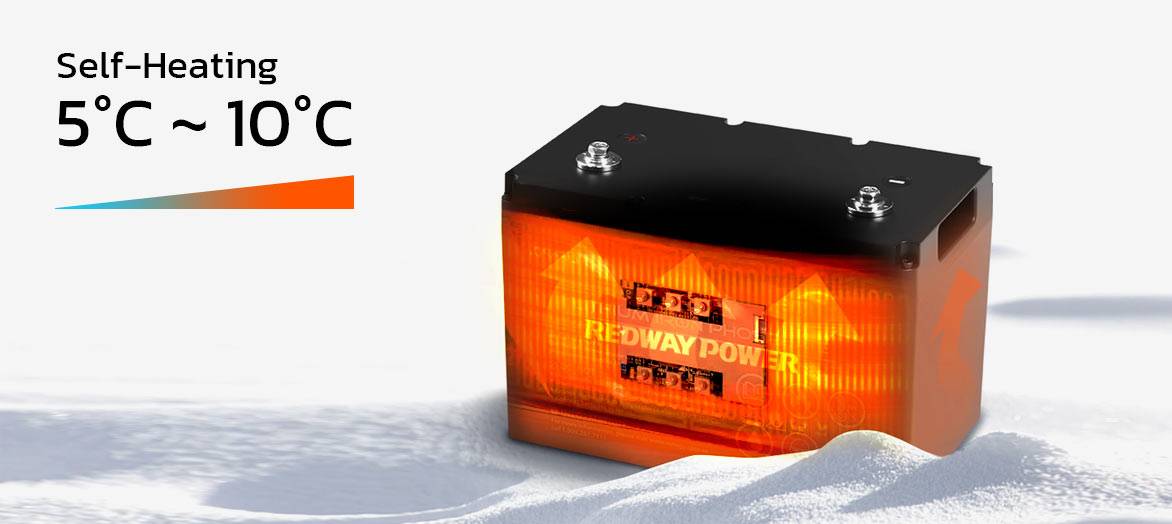
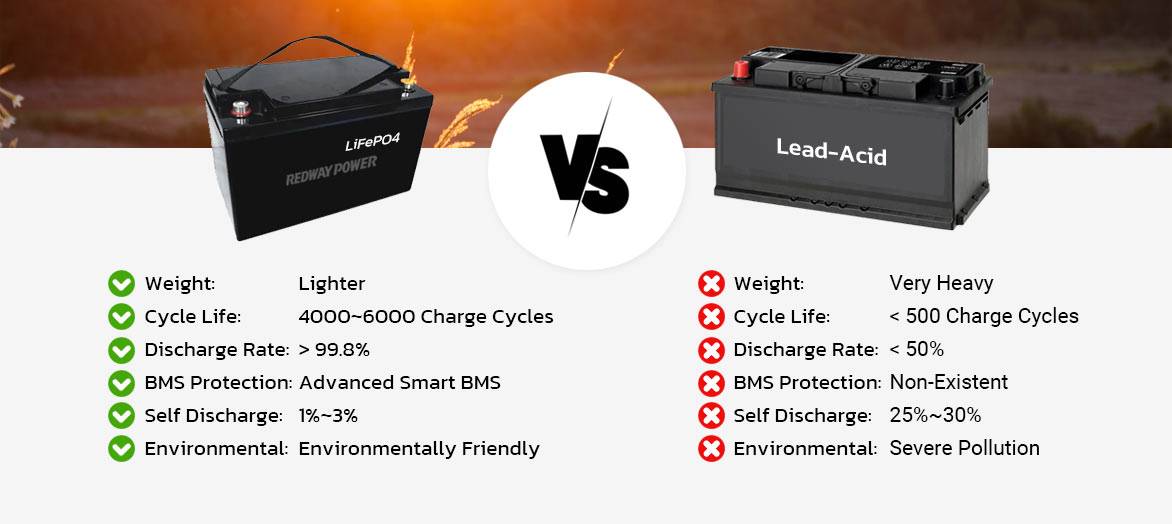
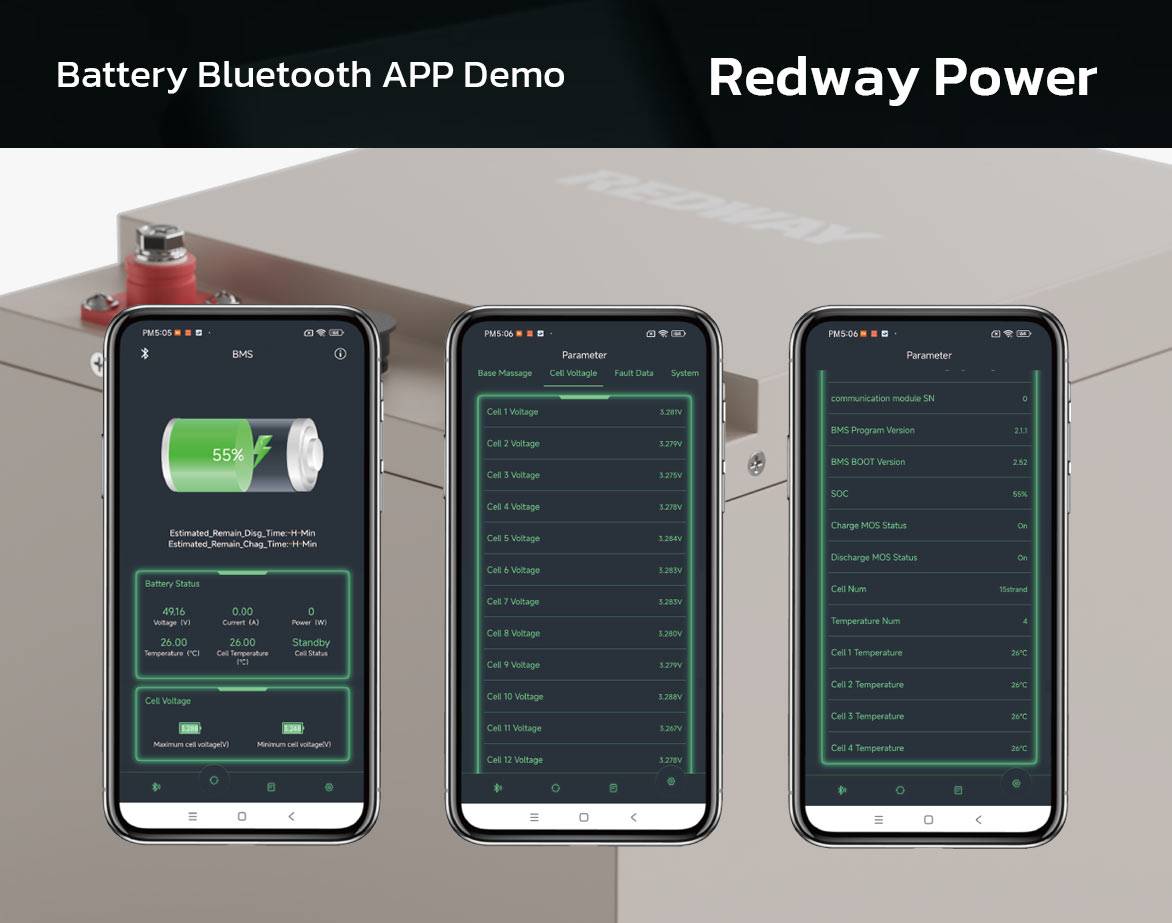
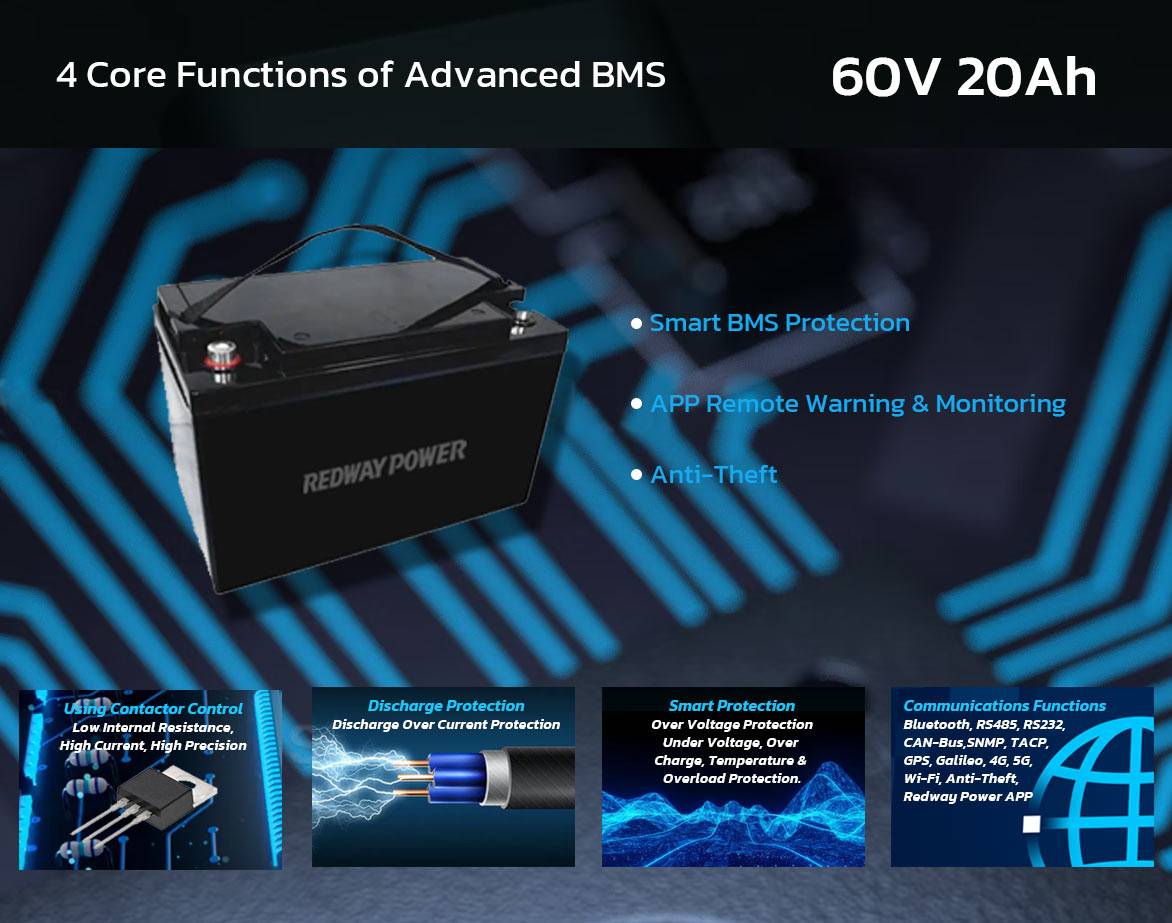
Specifications
Download 60V 20Ah Datasheet
Note: Our products are customizable, allowing customers to modify the main data according to their requirements.
| 60V20Ah | Specifications |
|---|---|
| Cell Type | LiFePO4 |
| Nominal Voltage | 60.8V |
| Nominal Capacity | 20Ah |
| Nominal Energy | 1216Wh |
| Charge Voltage | 69.3V |
| Discharge Voltage | 47.5V |
| Standard Charging Current | 10A |
| Max. Continues Charge Current | 20A |
| Max. Continues Discharge Current | 20A |
| Peak Discharge Current | 60A (5 Sec) |
| Charger | Fast Charger / CC / CV |
| Dimensions [L x W x H] | 330 x 172 x 237 mm 13 x 6.7 x 9.3 inch |
| Weight | 10 kg |
| IP Rating | IP66 (More request) |
| Cycle Life | >4000 cycles (DOD 80%) |
| Self-Discharge | 3% (Per month) |
| Charge Temperature | 0°C ~ 60°C 32°F ~ 140°F |
| Discharge Temperature | -20°C ~ 65°C -4°F ~ 149°F |
| Optional Functions | Bluetooth / WiFi / LCD / LED Touch Screen / RS485 / RS232 / CAN / 4G, 5G / GPS / APP |
| BMS | Intelligent BMS protection |
| Terminal | M6 / M8 |
| Battery Case | ABS |
| Design Life | 10 Years |
| Warranty | 3 Years |
| Silk-Screen / Label Printing | Yes |
| User Manual / Warranty Card | Yes |
| Customization / OEM / ODM | Yes |
| Shipment | Yes |
| Certifications | IEC, UN38.3, MSDS (More request) |
Applications and FAQs
60V 20Ah lithium iron phosphate (LiFePO4) batteries represent a significant advancement over traditional deep cycle batteries, finding widespread use in various applications such as home alarm systems, camping, and solar lighting. Unlike standard sealed lead-acid (SLA) batteries, which typically offer around 500 cycles, these lithium batteries boast an impressive lifespan of up to 4000 cycles, substantially reducing the cost per use.
The durability and longevity of lithium-ion batteries, coupled with their efficient energy storage capabilities, make them a preferred choice in the market. Their ability to deliver reliable power over an extended period, combined with their lightweight and compact design, renders them ideal for diverse applications, underscoring their prominence in today's market.
What is a 60V 20Ah lithium battery?
A 60V 20Ah lithium battery is a rechargeable energy storage device operating at 60 volts and possessing a capacity of 20 ampere-hours (Ah). Employing lithium-ion technology, specifically lithium iron phosphate (LiFePO4) chemistry, it's renowned for stability, safety, and longevity.
These batteries find extensive use in various applications requiring reliable and long-lasting power sources. They are commonly utilized in electric vehicles, bicycles, scooters, solar energy storage systems, portable power stations, and backup power supplies.
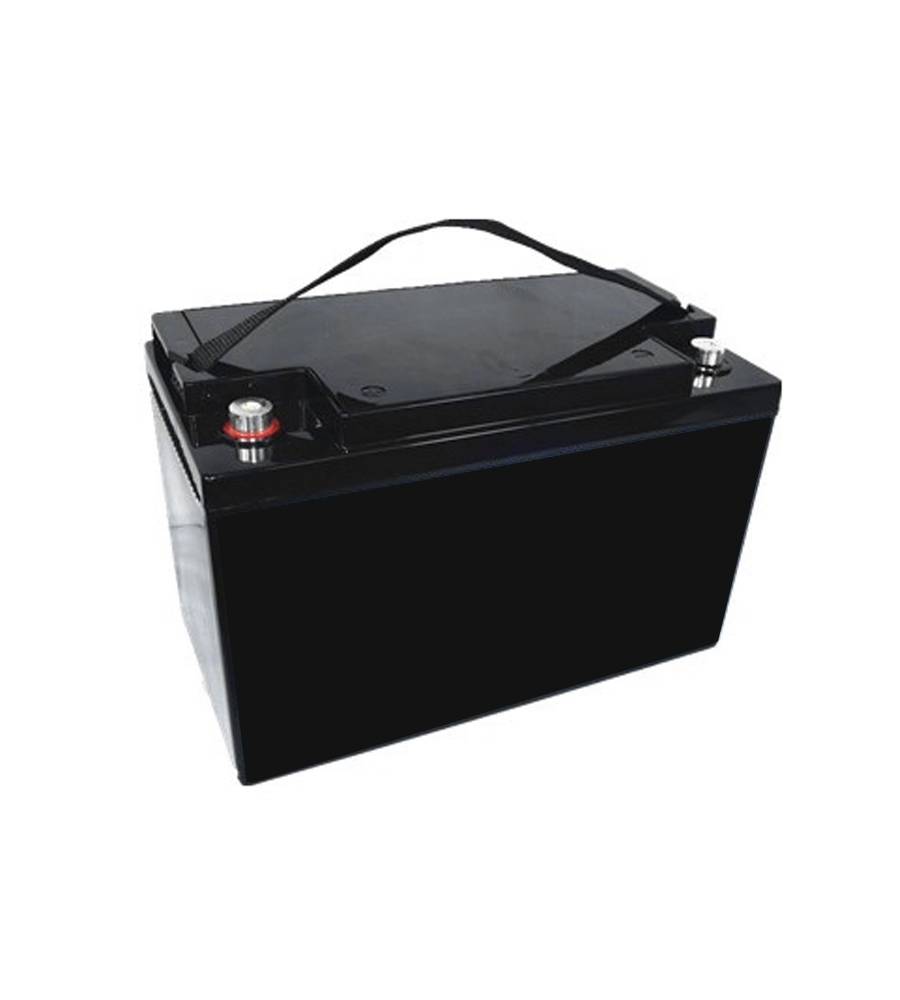
With a continuous current output of 5 Amperes sustained over 4 hours, offering 1.2kWh capacity, it proves versatile and dependable for industrial, commercial, and residential needs. Delivering reliable power and substantial energy storage, the 60V 20Ah lithium battery emerges as a vital choice for diverse applications demanding consistent and enduring power solutions.
The 60V voltage rating enables these batteries to power devices and systems requiring higher voltages, while the 20Ah capacity denotes the energy the battery can store and deliver before requiring recharging. Overall, a 60V 20Ah lithium battery offers a versatile and efficient energy solution suitable for a wide range of applications.
Where can you use a 60V 20Ah battery?
A 60V 20Ah battery finds versatile application across numerous sectors requiring reliable power sources. Commonly utilized in electric vehicles, solar energy storage systems, and portable power stations, these batteries offer mobility and off-grid power solutions for outdoor activities or emergencies. Additionally, they serve as backup power supplies for homes, businesses, and critical facilities, ensuring uninterrupted operations during outages. In industrial and commercial settings, they power electric tools, machinery, and equipment. With their compact design and efficient energy storage, 60V 20Ah batteries play a crucial role in providing consistent and enduring power solutions across various industries and applications.
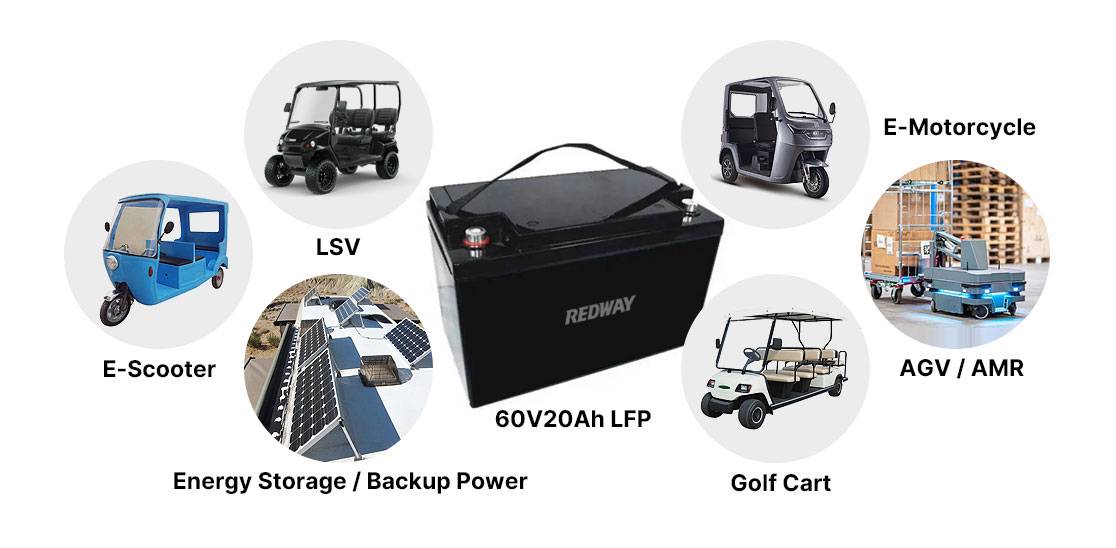
Explain the different advantages of a 60V 20Ah lithium-ion battery?
The 60V 20Ah lithium-ion battery offers several advantages over traditional lead-acid batteries. With higher energy density, it provides more power in a compact and lightweight design, ideal for space-constrained applications. Its longer cycle life ensures reliable performance over time, reducing maintenance and replacement costs. Efficient charging capabilities enable quick replenishment of stored energy, enhancing usability. Additionally, its lower self-discharge rate preserves stored energy for longer durations, making it suitable for standby use. With minimal maintenance requirements, the lithium-ion battery offers convenience and cost-effectiveness. Overall, these advantages position it as a superior energy storage solution for various applications, catering to the needs of both residential and commercial users.
What are the disadvantages of a 60V 20Ah lithium battery?
The 60V 20Ah lithium-ion battery offers numerous advantages over traditional lead-acid batteries. Its higher energy density delivers more power in a compact and lightweight design, making it ideal for space-constrained applications. With a longer cycle life, it ensures reliable performance over time, reducing maintenance and replacement costs. Efficient charging capabilities enable quick replenishment of stored energy, enhancing usability. Additionally, its lower self-discharge rate preserves stored energy for longer durations, making it suitable for standby use. Requiring minimal maintenance, the lithium-ion battery provides convenience and cost-effectiveness. Overall, these advantages establish it as a superior energy storage solution for various residential and commercial applications.
How long will a 60V 20Ah battery last if fully charged?
A 60V 20Ah battery’s duration depends on the load it powers and the average current it draws. Let’s calculate an estimate based on the nominal capacity:
- Battery Capacity: The battery’s capacity is typically measured in Amp-hours (Ah). In this case, it’s 20Ah.
- Load Current: We need to know the average current drawn by the load connected to the battery. Without this information, I’ll provide a general example.
- Calculation:
- Suppose the load draws a constant current of 1 Amp.
- The battery will last for 20 hours (since 20Ah / 1A = 20 hours).
Keep in mind that actual usage patterns, temperature, charging habits, and maintenance routines can affect the battery’s lifespan.
How is a deep cycle 60V 20Ah lithium battery better than a deep cycle lead-acid battery?
Deep cycle lithium batteries outperform lead-acid batteries in several key aspects. Lithium-ion batteries have a significantly longer lifespan, enduring ten times more cycles. They maintain capacity even at high discharge rates, making them more efficient. Additionally, lithium batteries deliver constant power throughout the discharge cycle. They are lighter, more compact, and ideal for weight-sensitive applications. In contrast, lead-acid batteries have shorter cycle lives, reduced capacity at high discharge rates, and fluctuating power delivery. When choosing between the two, consider your specific needs, budget, and desired performance.
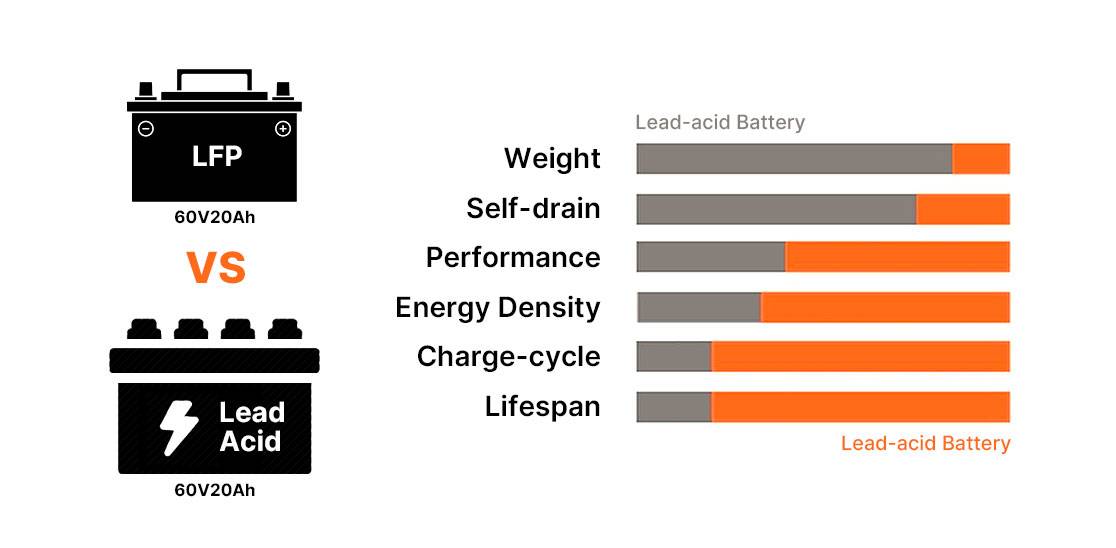
What quality standards should a 60V 20Ah lithium battery fulfill during its manufacturing?
Manufacturers of 60V 20Ah lithium batteries must uphold various quality standards to ensure reliability, safety, and compliance with industry regulations. These standards encompass:
- Adherence to International Standards: Compliance with globally recognized standards like ISO 9001 for quality management systems and ISO 14001 for environmental management ensures consistent quality, process improvement, and environmental responsibility throughout manufacturing.
- Certifications for Safety and Compliance: Obtaining certifications from regulatory bodies such as UL or CE demonstrates compliance with safety and product standards in specific regions, validating the battery's safety, performance, and regulatory compliance.
- Rigorous Testing Procedures: Subjecting the battery to rigorous testing, including the IEC 62133 test, assesses safety aspects such as electrical, mechanical, and thermal properties to prevent short-circuiting during transportation and use, ensuring safety and reliability.
- Stringent Manufacturing Processes: Implementing stringent manufacturing processes maintains consistency, quality, and reliability throughout production. This involves using high-quality materials, advanced techniques, and rigorous quality control measures to ensure the battery's integrity.
- Comprehensive Quality Control Measures: Implementing thorough quality control measures at every production stage ensures the battery's quality and performance. Regular inspections, testing, and validation of critical parameters identify and address potential issues or deviations from specifications.
By adhering to these quality standards, manufacturers ensure that 60V 20Ah lithium batteries meet industry requirements, guaranteeing users reliable performance, safety, and compliance.
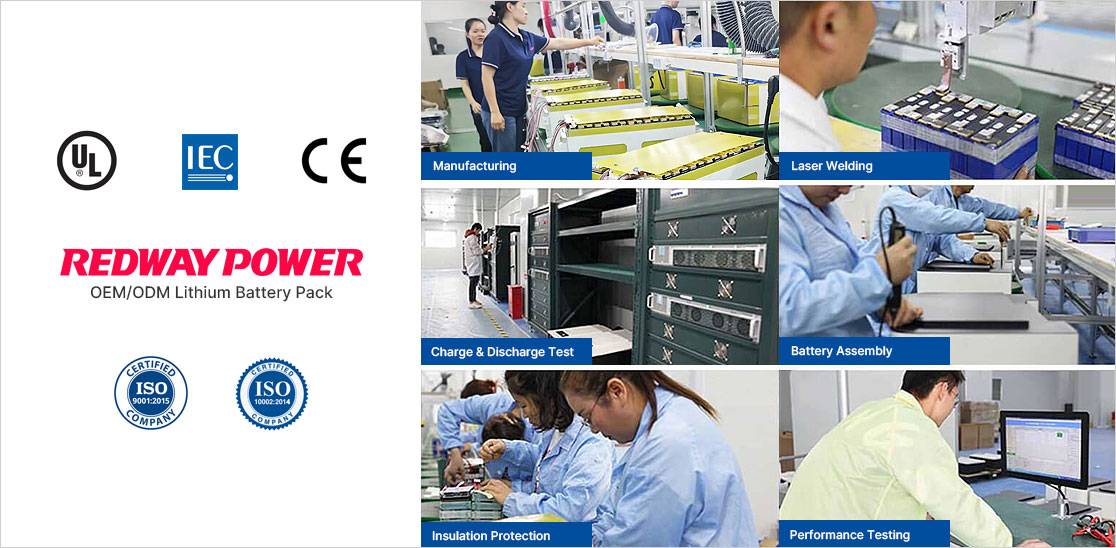
Is it safer to use a 60V 20Ah lithium-ion battery in small size vehicles?
When considering small-sized vehicles, using a 60V 20Ah lithium-ion battery offers several advantages over other types of batteries:
- Safety:
- Lithium-ion batteries are generally safer due to their stable chemistry and built-in safety features.
- They have a lower risk of leakage, acid spills, and sulfation compared to lead-acid batteries.
- However, proper handling, charging, and storage practices are essential to maintain safety.
- Weight and Space:
- Lithium-ion batteries are significantly lighter and more compact than lead-acid batteries.
- In small vehicles, weight reduction is crucial for efficiency and performance.
- Energy Density:
- Lithium-ion batteries have a higher energy density, meaning they store more energy in a smaller volume.
- This allows for longer driving ranges without adding excessive weight.
- Cycle Life:
- Lithium-ion batteries typically offer more cycles (charge-discharge cycles) before capacity degradation.
- For small vehicles, this means longer-lasting power.
- Maintenance:
- Lithium-ion batteries require minimal maintenance compared to lead-acid batteries.
- No need for regular water refilling or equalization charges.
- Voltage Stability:
- Lithium-ion batteries maintain a stable voltage throughout the discharge cycle, providing consistent performance.
- Lead-acid batteries exhibit voltage fluctuations during discharge.
Remember that safety precautions are crucial regardless of the battery type. Always follow manufacturer guidelines, handle batteries carefully, and ensure proper installation. Consult with experts to choose the best battery for your specific small vehicle application.
What are the features of a 60V 20Ah lithium-ion battery?
The 60V 20Ah lithium-ion battery features a voltage of 60 volts and a capacity of 20 ampere-hours (Ah). Utilizing lithium iron phosphate (LiFePO4) chemistry, it offers high energy density, longer cycle life, efficient charging, and low self-discharge. With minimal maintenance requirements and safety features, it suits diverse applications such as electric vehicles, solar energy storage, and backup power supplies. Overall, it provides reliable, efficient, and versatile energy storage for residential, commercial, and industrial needs.
What are the specifications of a 60V 20Ah lithium-ion battery?
The specifications of a 60V 20Ah lithium-ion battery typically include a voltage rating of 60 volts and a capacity of 20 ampere-hours (Ah). Other specifications may involve dimensions, weight, maximum discharge current, operating temperature range, cycle life expectancy, and safety features like built-in protection circuits. These specifications may vary depending on the manufacturer and intended application. Referring to the datasheet or product specifications is essential to ensure compatibility and optimal performance for specific use cases.
How to maintain a 60V 20Ah lithium-ion battery?
Maintaining a 60V 20Ah lithium-ion battery is essential for its longevity and optimal performance. Here are some best practices to follow:
- Proper Charging:
- Charge the battery according to the manufacturer’s instructions.
- Use a charger specifically designed for lithium-ion batteries.
- Avoid overcharging or letting the battery drain completely.
- Partial Discharge Cycles:
- Regularly use partial discharge cycles rather than fully discharging the battery.
- Allow the battery to go down to around 5% charge once every 30 days.
- Temperature and Environment:
- Keep the battery at room temperature (between 5°C and 20°C or 41°F and 68°F).
- Avoid exposing the battery to extreme heat or cold.
- Storage:
- If storing the battery, charge it to approximately 50% capacity.
- Check on stored batteries every 2-3 months to ensure they’re holding their charge.
Remember that proper care and adherence to these guidelines will help maintain your lithium-ion battery’s health and extend its lifespan.
How to Safely Handle a Leaked Battery?
When handling a leaked battery, follow these steps for safe and proper handling. Put on protective gloves and place the leaking battery in a plastic bag or container to contain any corrosive material. Clean the affected areas with a damp paper towel or cotton swab, ensuring all residue is removed. Dispose of the battery at a designated recycling facility or follow local regulations for proper disposal. By following these steps, you can safely handle a leaked battery and minimize the risks associated with it.
- Put on protective gloves: Before handling the leaked battery, wear gloves to protect your hands from any potential chemical exposure.
- Contain the battery: Place the leaking battery into a plastic bag or another suitable container to prevent further leakage and contain any corrosive material.
- Clean the affected areas: Use a damp paper towel or cotton swab to clean the battery compartment and any other areas that may have been affected by the leakage.
- Remove residue: Ensure that all residue from the battery coating is thoroughly removed to prevent any further damage or corrosion.
- Dispose of the battery properly: Dispose of the leaked battery at a designated recycling facility or follow local regulations for battery disposal.
By following these steps, you can safely handle a leaked battery and minimize the risks associated with it.
What Risks Does a Leaked Battery Pose?
A leaked battery poses risks to both devices and human health. Battery leaks can corrode and damage the components of devices, rendering them inoperable. The corrosive nature of the leaked substances can cause irreversible damage to electronic circuits and connections. Additionally, the chemicals inside batteries, especially alkaline batteries, can be harmful if they come into contact with the skin, eyes, or are ingested. Proper precautions should be taken to avoid skin irritation, burns, eye irritation, and other health issues. Handling leaked batteries safely and disposing of them properly is essential to minimize these risks.
- Device damage: Battery leaks can corrode and damage the components of devices, rendering them inoperable. The corrosive nature of the leaked substances can cause irreversible damage to electronic circuits and connections.
- Health risks: The chemicals inside batteries, especially alkaline batteries, can be harmful if they come into contact with the skin, eyes, or are ingested. Proper precautions should be taken to avoid skin irritation, burns, eye irritation, and other health issues.
It is important to handle leaked batteries safely, wearing protective gloves, and containing the leaked battery in a plastic bag or container. Clean the affected areas and dispose of the battery properly at a designated recycling facility. By taking these precautions, you can minimize the risks associated with a leaked battery.
How to Prevent Hazards from Battery Usage and Chemical Exposure?
When handling a leaked battery, follow these steps for safe and proper handling. Put on protective gloves and place the leaking battery in a plastic bag or container to contain any corrosive material. Clean the affected areas with a damp paper towel or cotton swab, ensuring all residue is removed. Dispose of the battery at a designated recycling facility or follow local regulations for proper disposal. By following these steps, you can safely handle a leaked battery and minimize the risks associated with it.
- Put on protective gloves: Before handling the leaked battery, wear gloves to protect your hands from any potential chemical exposure.
- Contain the battery: Place the leaking battery into a plastic bag or another suitable container to prevent further leakage and contain any corrosive material.
- Clean the affected areas: Use a damp paper towel or cotton swab to clean the battery compartment and any other areas that may have been affected by the leakage.
- Remove residue: Ensure that all residue from the battery coating is thoroughly removed to prevent any further damage or corrosion.
- Dispose of the battery properly: Dispose of the leaked battery at a designated recycling facility or follow local regulations for battery disposal.
By following these steps, you can safely handle a leaked battery and minimize the risks associated with it.














